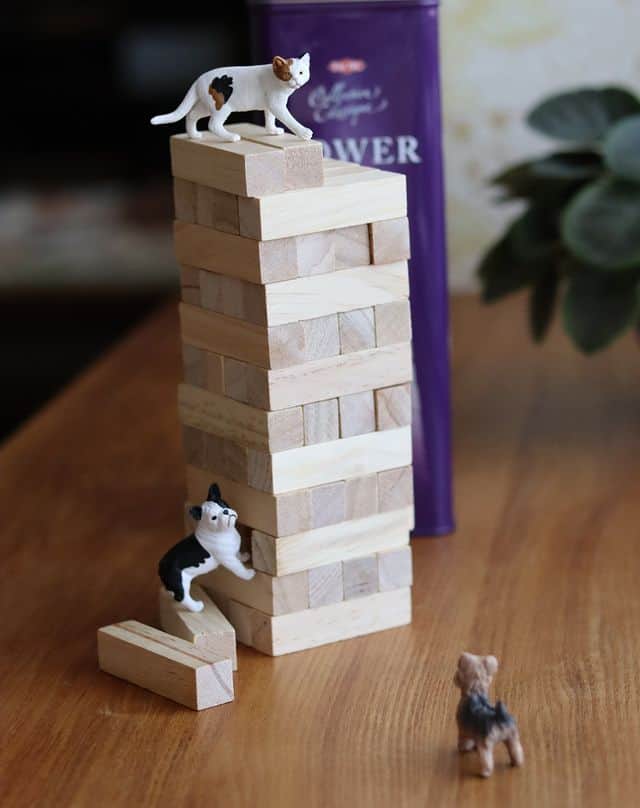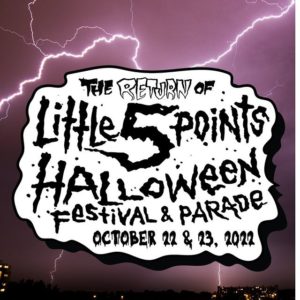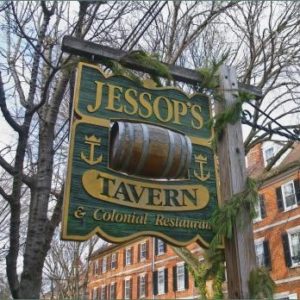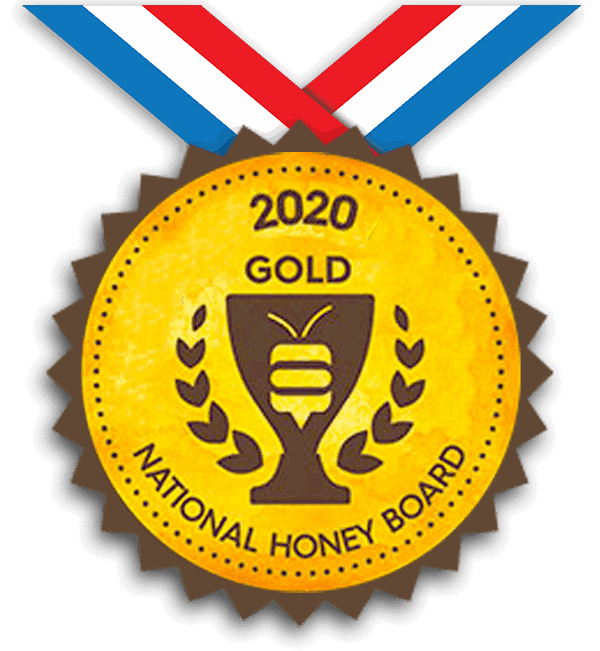It’s about time to start another blog off with our usual sentence: If you’ve ever visited the meadery you’ve probably seen or played Jenga there. And if you haven’t, then this is your sign to visit, see if what you learn about Jenga here today gives you an advantage.
Today Jenga is a well-known game, it’s simple, inclusive, fun, and can be found anywhere from a living room to a pub. But as with anything popular today… it wasn’t always like that.
The story of Jenga starts with its creator, Leslie Scott, and her family living in Ghana in the 1970s where they played a household game using her brother’s building blocks. This nameless game was played by the rules of today’s Jenga. This wasn’t anything out of the ordinary to Leslie in West Africa, and it wasn’t until she settled in Oxford that she realized that this family pastime wasn’t a thing anywhere else. Thankfully, she decided to make it one.
 Leslie Scott photographed by Sue Macpherson
Leslie Scott photographed by Sue Macpherson
When it came to the name, Leslie wanted a distinct name, which when mentioned would only make you think of the game. Being someone who has lived in Tanzania, Ghana, Uganda, Kenya, and Sierra Leone throughout her younger years, Leslie had quite the creative vocabulary to choose from. The word Jenga is a Swahili word meaning build. She says the name always made sense to her and there was no plan B for that. It’s something she had to put her foot down on too. At one point the two companies interested in buying the rights to the game were in love with it, but didn’t like the name for the exact reason that it didn’t mean anything. Sticking to her gut proved to be the right decision.
It was in the 1980s that Irwin Toys and Hasbro were both prospecting buyers. But getting to this point wasn’t something out of the movies. And that’s not at all what Leslie imagined it to be either, but she also didn’t think that bringing a new game to market would turn out to be such a struggle. Leslie thought that the games market thrived on novel ideas, so she jumped in and created a company, Leslie Scott Associate, the sole purpose of which was to bring Jenga to the masses.
In an interview with freshpeel Leslie says that this was slightly fueled by missing the excitement of experimentation she enjoyed when she worked at Intel. In their early days entrepreneurial spirit, risks, and making the job their own was encouraged. When the company expanded and established more structure, jobs became more repetitive and routine.
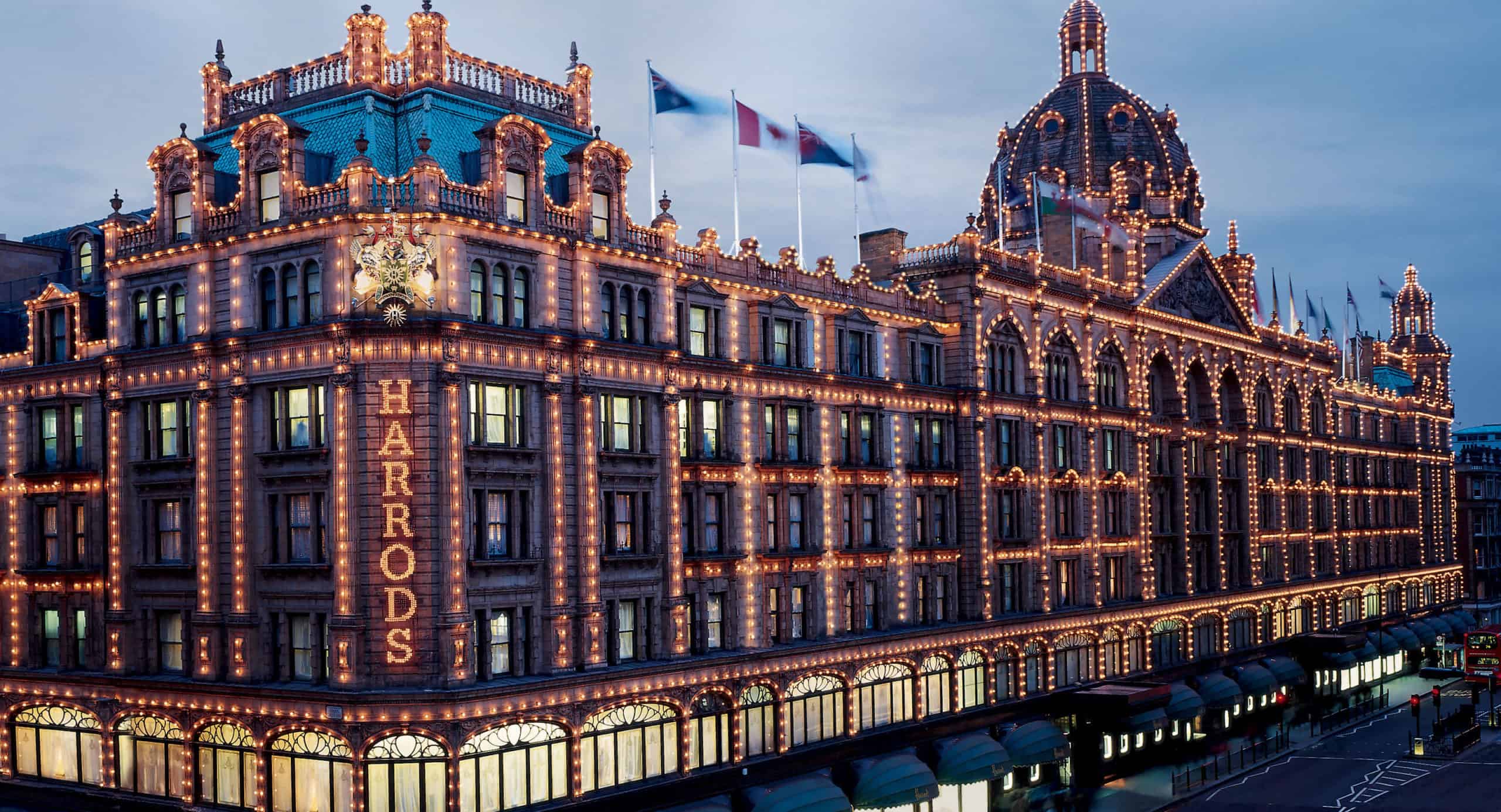 Harrod’s Department Store where Jenga was first on the shelves in 1982. Photo from deluxespere.com.
Harrod’s Department Store where Jenga was first on the shelves in 1982. Photo from deluxespere.com.
During the first years of marketing Jenga, from the introduction of the game at Harrods, the London department store, in 1982 to the 1986 Toronto Toy Fair, Leslie was struggling to navigate the male-dominated toy market. To paint a picture of the gaming scene back in that day, this was around the same time Nintendo was being introduced and Leslie was somewhat on the verge of going bankrupt. But it was during this time that she figured out how to keep Jenga, well, let’s just say Jenga and randomly unstable, as she mentions in another interview.
Yes, it’s time for our fun fact. Not a single Jenga block is identical to the other. If you have ever wondered why some of them are lodged into the tower more snug than others, it’s because all the blocks are slightly different in size, shape, weight, and surface texture. Making the blocks imperfect, but seemingly the same from the outside is the key to the game.
Despite the emerging gaming technologies, it was at the 1986 Toronto Toy Fair that a Hasbro chairman “had to have” the game. Leslie somewhat credits the success of Jenga to the success of Trivial Pursuit. She says that Trivial Pursuit proved that analog games were still thriving and Jenga piggybacked off of that wave proving that “in a world that is increasingly complex, simple still works.”
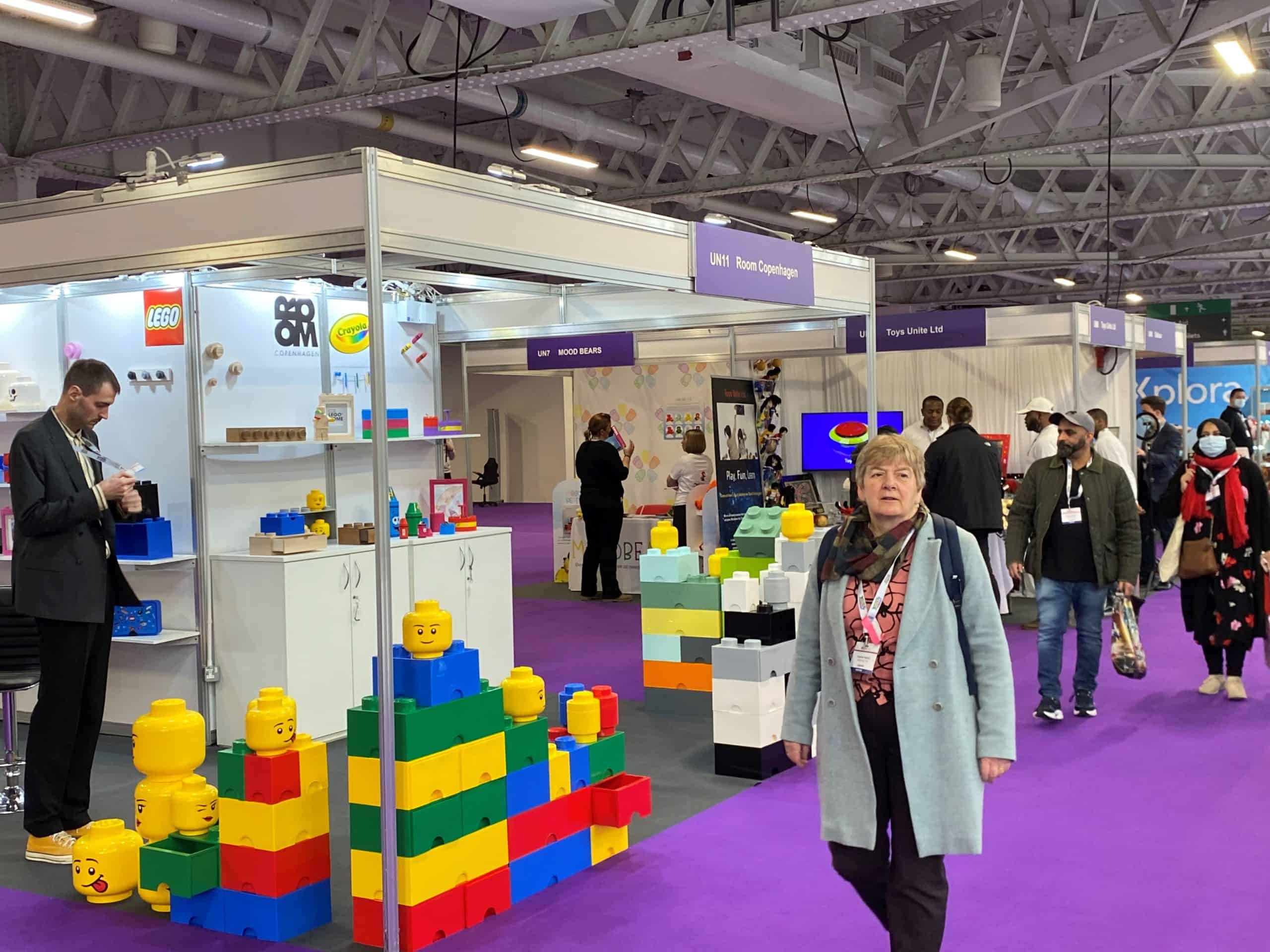 London Toy Fair where where Leslie held a Jenga exhibit in 1983. Photo from @toyfairuk.
London Toy Fair where where Leslie held a Jenga exhibit in 1983. Photo from @toyfairuk.
The biggest mistake in Leslie’s journey with Jenga was signing away the rights to the game at about 13% of the royalties game originators normally receive. It’s safe to assume that Leslie was taken advantage of considering the game sold 50 million units by 2009. In 2009 Leslie Scott published About Jenga, detailing stories of lessons learned on her lifelong journey with the game. On November 5, 2020, Jenga was inducted into the National Toy Hall of Fame, located at The Strong National Museum of Play.
No batteries, no screens, no charging, no distractions, and turns that keep you engaged. Just blocks and simple fun. No wonder Jenga can be found everywhere from a pub to a bookstore, to Monks Meadery today. And if you need more reasons to visit know we always have 6 experimental meads on tap that can only be found in the taproom.
Featured photo from @puppenbarbie.
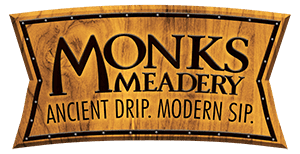
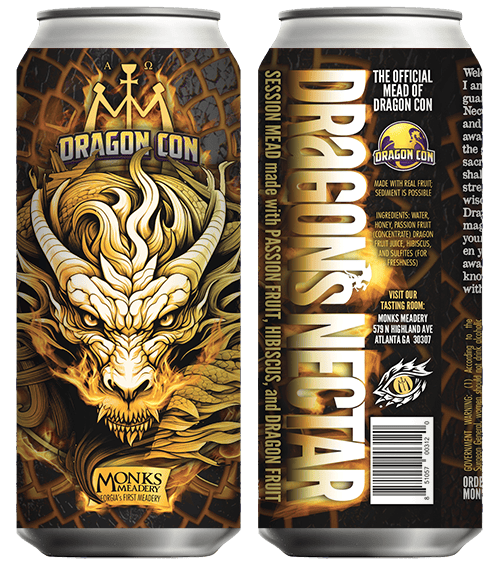
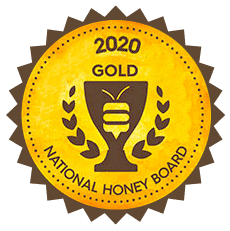 TRIPLE WINNER at the MEAD CRAFTERS COMPETITION
TRIPLE WINNER at the MEAD CRAFTERS COMPETITION  The FIRST AMERICAN MEADERY to MEDAL at the MEAD MADNESS CUP
The FIRST AMERICAN MEADERY to MEDAL at the MEAD MADNESS CUP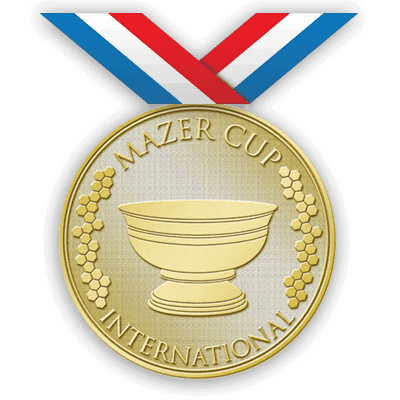 MAZER CUP AWARD WINNER: TRY OUR AWARD-WINNING MEADS!
MAZER CUP AWARD WINNER: TRY OUR AWARD-WINNING MEADS!